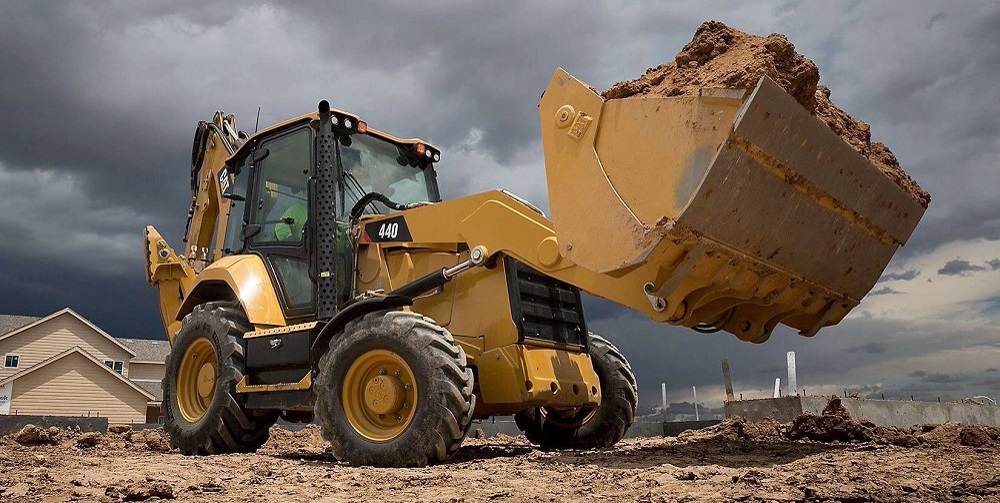Leasing Vs. Buying Building And Construction Devices: Making the Right Selection for Your Task
When embarking on a construction project, one of the crucial decisions that forecast stakeholders and supervisors deal with is whether to rent or get building and construction devices. The decision pivots on different factors such as expense factors to consider, task duration, equipment upkeep, danger, scalability, and adaptability monitoring.
Cost Factors To Consider
When reviewing the economic facet of leasing versus purchasing building equipment, the upfront expenses and long-term costs must be thoroughly considered. Renting out devices usually needs reduced first repayments contrasted to acquiring, making it an eye-catching choice for temporary jobs or service providers with spending plan restraints. Renting eliminates the need for big resources investments and lowers the economic danger linked with tools ownership, such as maintenance and devaluation expenses. Nonetheless, in the future, consistently renting out equipment can collect greater costs than buying, specifically for extended projects.
On the other hand, getting building devices includes higher ahead of time costs yet can result in long-term financial savings, specifically for lasting tasks or frequent individuals. Inevitably, the choice between getting and renting building equipment hinges on the job's duration, regularity of use, budget plan considerations, and long-term financial objectives.
Job Duration

Conversely, for long-term jobs or ongoing construction work, buying tools can be the a lot more cost-effective option. Acquiring devices can result in set you back savings in the long run, particularly if the devices will be regularly used. Furthermore, having devices supplies a sense of control over its schedule and enables personalization to fit details project requirements.

Tools Maintenance
Offered the vital function project period plays in identifying the most economical technique in between leasing and acquiring construction equipment, the emphasis currently changes in the direction of checking out the essential aspect of tools maintenance. Correct maintenance is vital for making sure the optimal performance and durability of building and construction equipment. Renting out devices commonly comes with the benefit of having actually properly maintained machinery provided by the rental firm. This can minimize the burden of upkeep tasks from the job owner or contractor, saving time and effort. On the various other hand, having tools needs a positive strategy to upkeep to avoid malfunctions, make certain safety and security, and prolong the equipment's lifespan. Routine assessments, maintenance, and prompt repairs are needed to maintain owned and operated equipment in top working condition. Consider maintenance costs when determining in between acquiring and leasing, as overlooking upkeep can bring about expensive repairs, downtime, and job hold-ups. Eventually, a well-kept construction devices fleet, whether rented out or had, is important for the effective and effective conclusion of building and construction jobs.
Adaptability and Scalability
In the realm of construction devices administration, the element of versatility and scalability holds considerable relevance for project effectiveness and resource use. Choosing to rent out building and construction equipment provides a high degree of adaptability as it permits the fast adjustment of devices types and amounts based upon the developing needs of a job. Leasing enables specialists to access a vast array of specialized tools that may be needed for certain tasks without the long-term dedication of ownership. This versatility is specifically advantageous for jobs with varying demands or unsure periods (mini excavator rental).
Moreover, scalability, another crucial factor, is inherently linked to flexibility. Renting building tools provides the benefit of conveniently scaling procedures up or down as project demands change. Professionals can rapidly include or exchange equipment to match the task's changing needs without the restrictions of having properties that may end up being underutilized or obsolete. This capacity to scale resources efficiently can result in cost financial savings and improved job timelines, making renting a desirable alternative for projects requiring versatility and receptive resource allotment.
Danger Monitoring
Reliable risk management in construction tools procedures is critical to making certain task success and mitigating possible financial losses. Construction projects inherently involve various dangers, such as devices malfunctions, accidents, and project hold-ups, which can dramatically affect the task timeline and budget plan. By meticulously taking into consideration the threats linked with owning or renting out building devices, job managers can make enlightened decisions to decrease these prospective dangers.
Renting out construction tools can use a level of danger mitigation by moving the obligation of upkeep and repairs to the rental firm. This can reduce the economic worry on the project proprietor in instance of unexpected tools failures (construction scissor lift rental equipment rentals). Additionally, leasing provides the versatility to gain access to customized equipment for specific project phases, decreasing the threat of having underutilized machinery
On the other hand, possessing building devices provides a feeling of control over its use and maintenance. However, this also implies bearing the complete obligation for repair work, upkeep expenses, and devaluation, boosting the financial dangers connected with equipment possession. Mindful danger analysis and factor to consider of variables such as task period, equipment utilization, and maintenance requirements are important in identifying the most suitable alternative for reliable danger monitoring in building jobs.
Verdict
In final thought, when choosing in between leasing and buying building equipment, it is essential to consider expense, job period, tools upkeep, danger, scalability, and flexibility monitoring. Each aspect plays a crucial function in determining the most ideal option for the task at hand. By very carefully reviewing these facets, job managers can make an enlightened choice that aligns with their budget plan, timeline, and total job goals.
